Untitled
c. 1961/62 (SOLD)
Acrylic on paper
18 x 23 3/4 inches
Signed at lower right: “Frankenthaler
Ex Collection
The artist
Manny Silverman Gallery, Los Angeles
Knoedler & Company
Private collection until the present
Exhibited:
Perspectives on the Provincetown Art Colony, Cape Cod Museum of Art, Dennis, Massachusetts, June 4-August 7, 2011.
Notes:
The ideal is one really beautiful wrist motion that is synchronized with our head and heart, and you have it, and therefore it looks as if it were born in a minute. —Helen Frankenthaler
Frankenthaler has always insisted on the primacy of drawing in all her work. The sheer number and range of her works on paper are noteworthy—ink and crayon drawings, watercolors, gouaches, oils, acrylics, pastels, and even some collages—yet there is a special, personal character to each of these pictures. It has something to do with their small scale (relative to her larger canvases) and something to do with the sense of freedom paper engenders. The works on paper appear to be more immediate than her canvases and possibly to demonstrate her thinking with special directness. They constitute an intimate record of her evolution that parallels and sometimes even anticipates the development of her large-scale canvases. The works on paper of the early 1960s are primarily about the act of painting or drawing—the response of the artist’s hand, the absorptiveness or resistance of a surface, the stutter of a dry brush or the sweep of a loaded one. The smaller scale of her paper works allowed—or prompted—her to emphasize the more delicate hand-and-wrist gestures of linear drawing. Perhaps the most striking aspects of Frankenthaler’s works on paper of the early 1960s are their assertiveness and economy. More than ever, she appears to trust the visual strength of the unique, powerful gesture. Each configuration declares itself as independent, unpremeditated, and significant. Calligraphic drawing stands out against a white or neutral ground, while clear, saturated color emphasizes the economical, graphic quality of the image. She appears to have invented, or claimed, a vocabulary of recurring motifs—poised squares, floating pats and balls of color, arching lines, loops, and splatters, are all made to take their places as protagonists in private dramas.

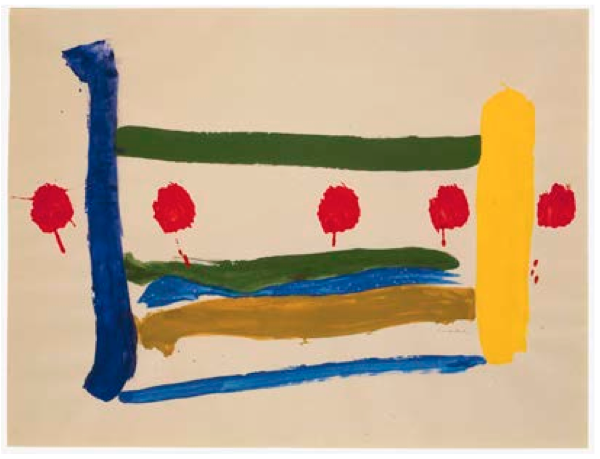
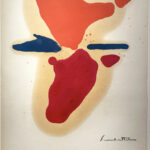 Untitled
Untitled
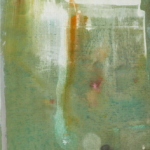 Untitled
Untitled
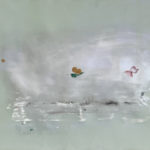 Untitled (October 26 1983)
Untitled (October 26 1983)
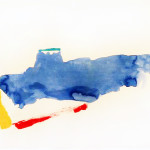 New York VI
New York VI
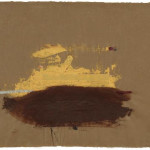 Orient Express #5
Orient Express #5
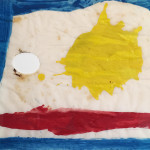 Untitled
Untitled
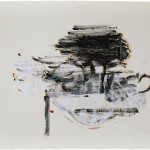 Fire and Ice
Fire and Ice
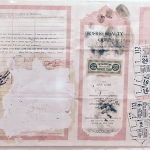 Untitled
Untitled
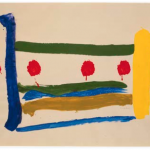 Untitled
Untitled
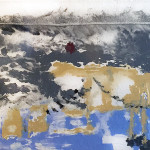 Monotype XXVIII
Monotype XXVIII
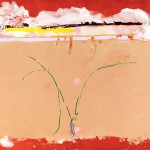 Adobe
Adobe
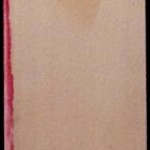 Untitled
Untitled
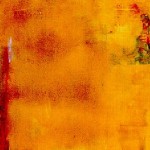 August
August
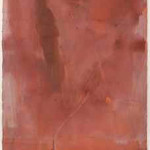 Untitled
Untitled